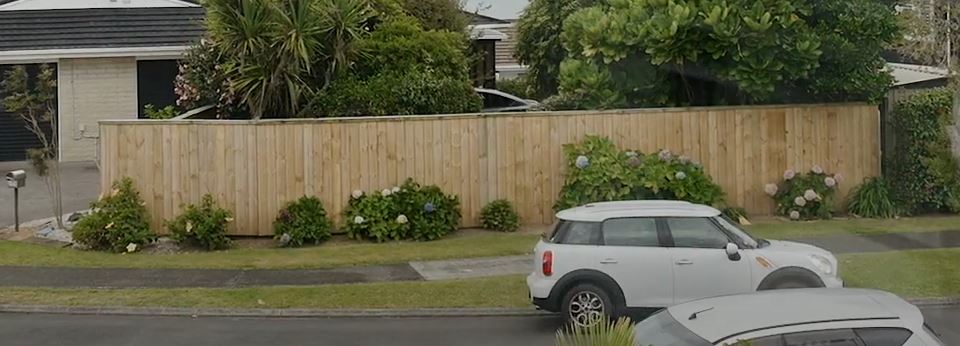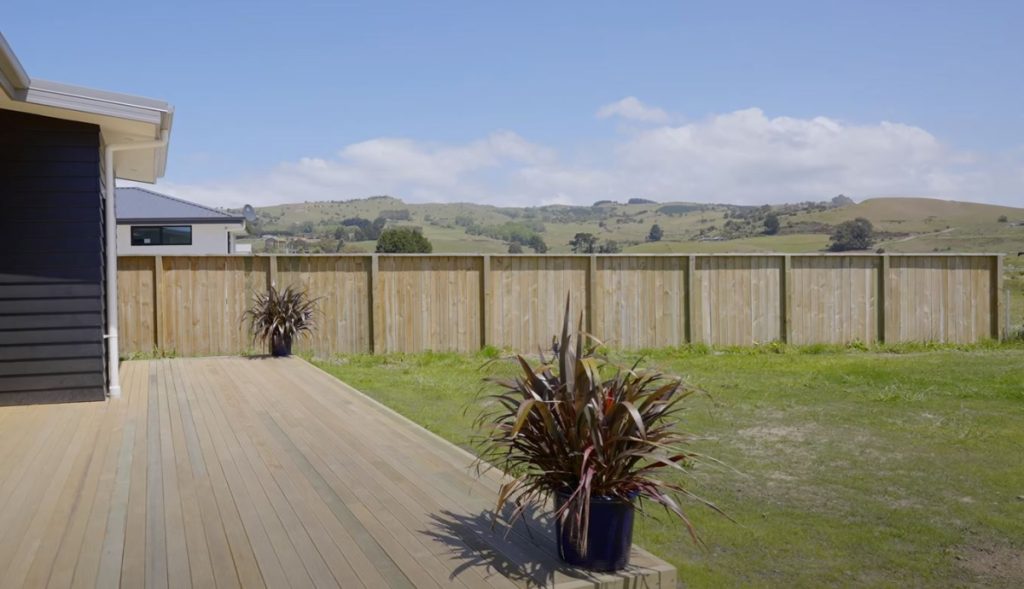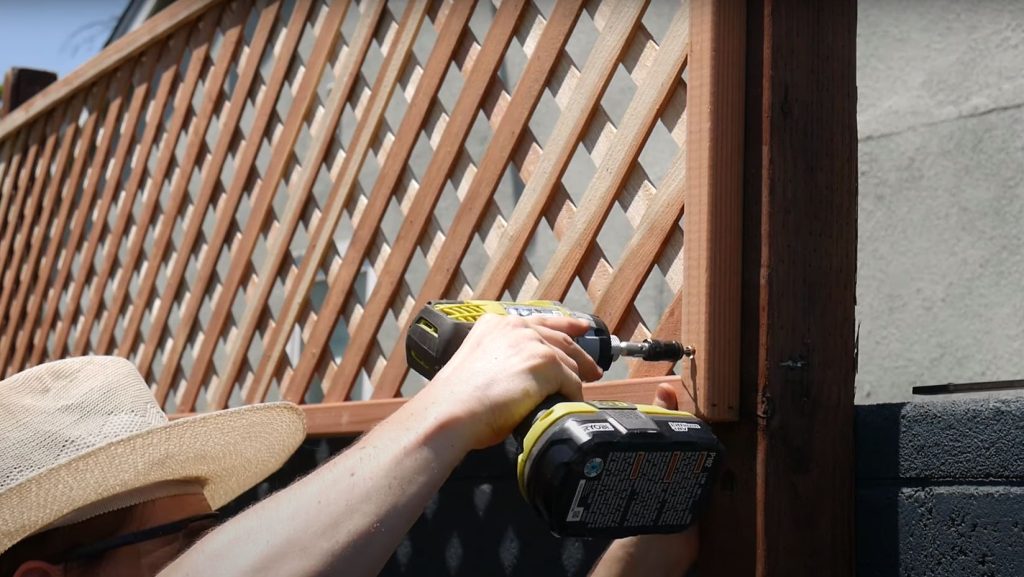The Intricacies of Metal Fencing: Weighing the Risks
Metal Fencing: A Brief Overview
Metal fencing, often revered for its durability and aesthetic appeal, is a common choice among Hamiltonians. From the picturesque neighbourhoods around Hamilton Lake to the bustling streets of Hamilton East and even the quieter stretches in Te Kowhai, metal fences adorn many properties. But as with all construction materials, it’s essential to be aware of the associated risks.
Potential Hazards with Metal Fences
Corrosion and Wear
Metal, when exposed to external elements, can corrode over time. Especially in areas with high humidity or salty conditions, the risk of rusting and wear increases, leading to potential structural issues.
Electrical Conductivity
Metal is a conductor of electricity. In the unfortunate event of a live electrical wire coming in contact with a metal fence, the entire structure could become electrified, posing a severe threat.
Temperature Sensitivity
During warmer months, metal fences can become extremely hot to touch. Conversely, in colder temperatures, they can be icy and pose the risk of cold burns on contact.
Sharp Edges and Protrusions
If not installed correctly, metal fences might have sharp edges or protrusions that could cause injuries.
Health and Safety Considerations
Regular Maintenance
To mitigate the risk of corrosion, it’s essential to have the fence treated or painted. Regular inspections for signs of wear and timely repairs can prolong the fence’s lifespan.
Electrical Safety Protocols
Ensuring that the fence is grounded can help in reducing the risk of electrification. Additionally, clear signage warning about the fence’s conductivity can act as a deterrent for potential climbers.
Appropriate Installation
Engaging professional fence builders, such as Quality Fencing Hamilton, ensures that the fence is installed without sharp edges or dangerous protrusions.
Alternate Fencing Choices: A Comparative Glance
| Type | Specifications | Pros | Cons |
| Wooden Fencing | Timber planks or logs | Natural look, easily customisable | Susceptible to termites, rot |
| Vinyl Fencing | Synthetic polymer-based | Durable, low maintenance | Can become brittle in extreme cold |
| Bamboo Fencing | Made from bamboo shoots | Eco-friendly, aesthetic | May rot in very humid conditions |
| Metal Fencing | Steel, aluminium, iron | Durable, secure | Conductive, temperature-sensitive |
Navigating NZ Regulations
In New Zealand, especially when it comes to boundary fences, there are specific regulations under the Fencing Act 1978. These guidelines outline shared responsibilities, notice periods, and more. Additionally, for those in Hamilton, local council regulations might stipulate height restrictions, materials, or even aesthetic guidelines, particularly in heritage-protected areas like parts of Hamilton East.
Conclusion: Balancing Aesthetics with Safety
Metal fencing, while undoubtedly durable and often preferred for security, comes with its set of considerations. By understanding its inherent risks and taking measures to mitigate them, homeowners can enjoy both the functionality and aesthetic appeal of their metal fences. Moreover, adhering to local regulations and seeking professional fence installation and guidance, such as that offered by Quality Fencing Hamilton, ensures that the fencing not only looks great but is also up to standard in terms of safety and longevity. For those considering a fencing project, whether around the scenic Hamilton Lake or the calm stretches of Te Kowhai, making an informed decision is key.
Metal Fencing Risks: Queries Clarified
What are the main risks associated with metal fencing?
The primary risks include corrosion, electrical conductivity, temperature sensitivity, and the presence of sharp edges or protrusions.
How does the Hamilton climate affect metal fencing?
Hamilton’s weather can contribute to the corrosion of metal fences, especially in areas with higher humidity or proximity to water bodies, which can accelerate rusting.
Is there a specific metal that’s more resistant to corrosion?
Stainless steel and aluminium generally offer better resistance to corrosion compared to other metals, making them suitable choices for fence materials.
What precautions should be taken if a metal fence is installed near electrical utilities?
It’s crucial to ensure the fence is grounded and to place clear warning signs indicating the fence’s conductivity. Regular inspections to ensure no live wires are near or touching the fence are also advisable.
Do metal fences require a lot of maintenance?
While metal fences can be low maintenance compared to other types, they do require periodic inspections for signs of wear, rust, or damage, and occasional treatments or painting to prevent corrosion.
How can one prevent a metal fence from becoming too hot or cold?
Planting shrubbery or trees nearby can provide shade, and using lighter colours can reflect sunlight, reducing heat absorption. For cold, there’s no direct mitigation, but awareness and caution are advised.
Are there any safety regulations in Hamilton related to metal fencing?
Hamilton, like other regions in New Zealand, adheres to the Fencing Act 1978, which contains guidelines for boundary fences. Local council regulations might also dictate height, materials, or aesthetic guidelines.
Can a metal fence be coated to reduce its risks?
Yes, coatings such as anti-rust paint or powder coatings can enhance a metal fence’s durability and reduce the risk of corrosion and heat absorption.
Are metal fences recommended for homes with children or pets?
With proper installation to avoid sharp edges and regular maintenance, metal fences can be safe. However, due to their temperature sensitivity, it’s advisable to monitor children and pets during extreme weather.
How do metal fences compare in cost to other fencing types?
Metal fences can have a higher initial cost compared to some materials like wood, but their durability might result in long-term savings on maintenance and replacement.
Do metal fences offer any benefits despite their risks?
Certainly! They are known for their strength, security, and longevity. Their sleek appearance can also add a modern aesthetic to properties.
What’s the best way to ensure a metal fence is safely installed?
Engaging professionals, such as those at Quality Fencing Hamilton, ensures the fence is installed to meet safety standards, mitigating potential risks associated with DIY installations.
Metal Fencing: Important Insights
Inherent Risks
Metal fences, while durable and secure, come with risks such as corrosion, electrical conductivity, temperature sensitivity, and potential sharp edges.
Climate Considerations
Regions with fluctuating weather, like Hamilton, can accelerate wear on metal fences, emphasizing the need for appropriate materials and preventive measures.
Maintenance Matters
Regular inspections, appropriate treatments, and occasional painting can enhance the lifespan and safety of metal fences.
Regulatory Adherence
It’s essential to comply with local and national regulations, like the Fencing Act 1978, when installing or altering metal fences.
Safety Enhancements
Coating options, like anti-rust paint or powder coatings, can reduce risks and improve the durability of metal fences.
Professional Installation
To ensure safety and adherence to standards, it’s recommended to engage professionals, such as Quality Fencing Hamilton, for metal fence installations.
Balancing Act
While metal fences offer undeniable benefits in terms of strength and aesthetics, it’s crucial to be aware of and mitigate associated risks to enjoy their advantages fully.




